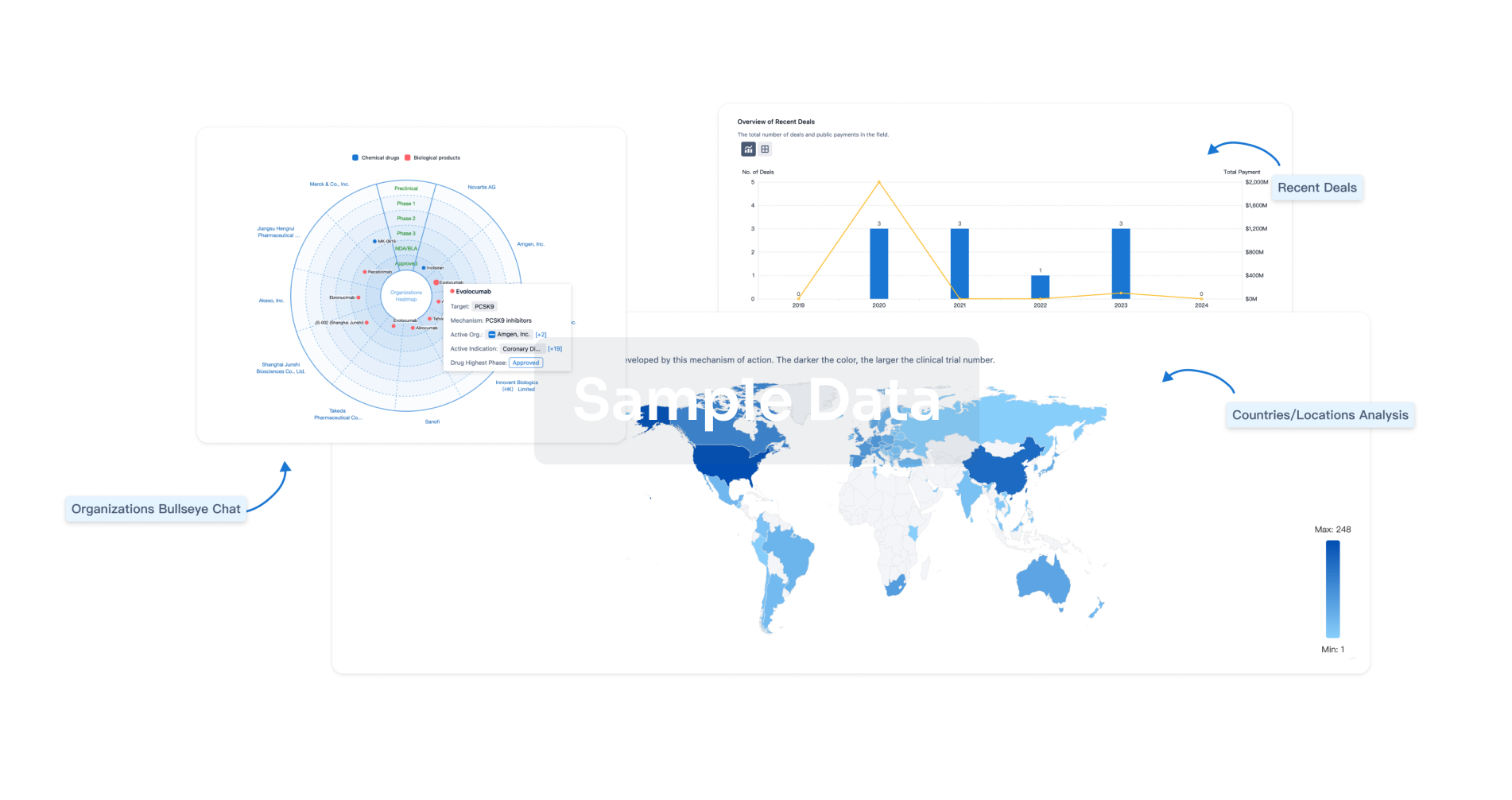Cytokines, hormones or growth factors induce a variety of biological responses including proliferation, differentiation and apoptosis. After binding to their specific cell surface receptors, these stimuli induce the activation of a number of signaling pathways including the activation of JAK (JAnus Kinase) proteins by auto and transphosphorylation. Activated JAK phosphorylate the receptor chains on tyrosines, creating docking sites for cytoplasmic transcription factors named STAT (Signal Transducers and Activators of Transcription). Furthermore, the JAK phosphorylate the STAT which form dimers and migrate to the nucleus where they bind to specific DNA sequences leading to the activation of transcription. The multiplicity of JAK (4 members) and STAT (7 members) and their associations with multiple possible partners allow the formation of various STAT homo and heterodimers and STAT-containing transcriptional complexes. Each of these complexes lead to the specific regulation of gene transcription. Negative regulation of the JAK/STAT signaling pathway is crucial to switch off the cytokine/growth factors' signal. Three families of proteins : the phosphotyrosine phosphatases (SHPs, CD45, PTP1B/TC-PTP), the SOCS proteins (Suppressors Of Cytokine Signaling) and the PIAS (Protein Inhibitor of Activated STAT) are involved in this process. These proteins act at various levels of the JAK/STAT pathway. Thus, tyrosine-phosphatases dephosphorylate activated JAK, STAT or cytokine receptors. PIAS interact with activated STAT and inhibit their DNA binding or their transactivating capacity, probably in relation with their intrinsic SUMO E3-ligase activity. The tyrosine phosphatases and the PIAS are constitutively present in the cell and represent a first level of regulation. The SOCS, which represent a second level of JAK/STAT negative control, are induced by cytokines and exert a negative feed-back loop. Indeed, they interact with activated JAK or with phosphorylated receptors, inhibiting the recruitment of STAT, the activation of the JAK enzymatic activity, or inducing the proteasome-dependant degradation of activated JAK or receptors.
